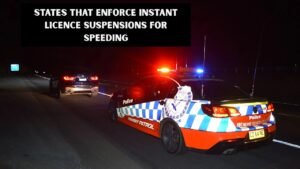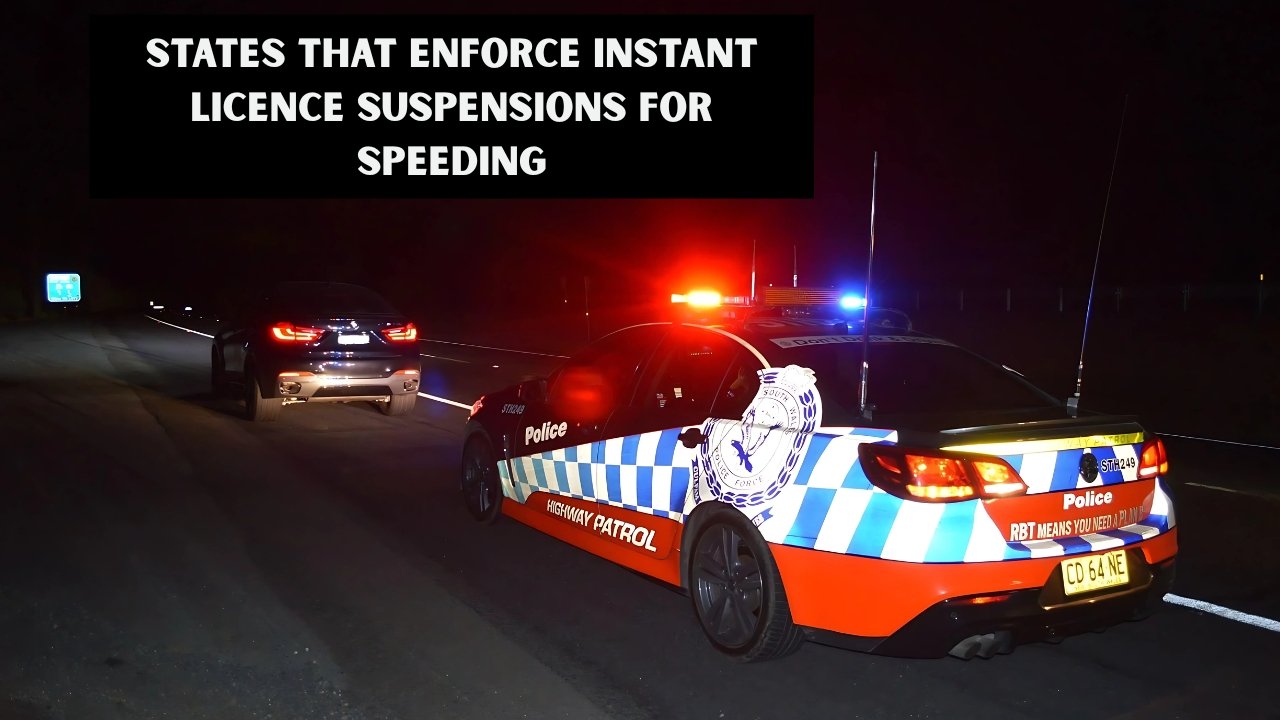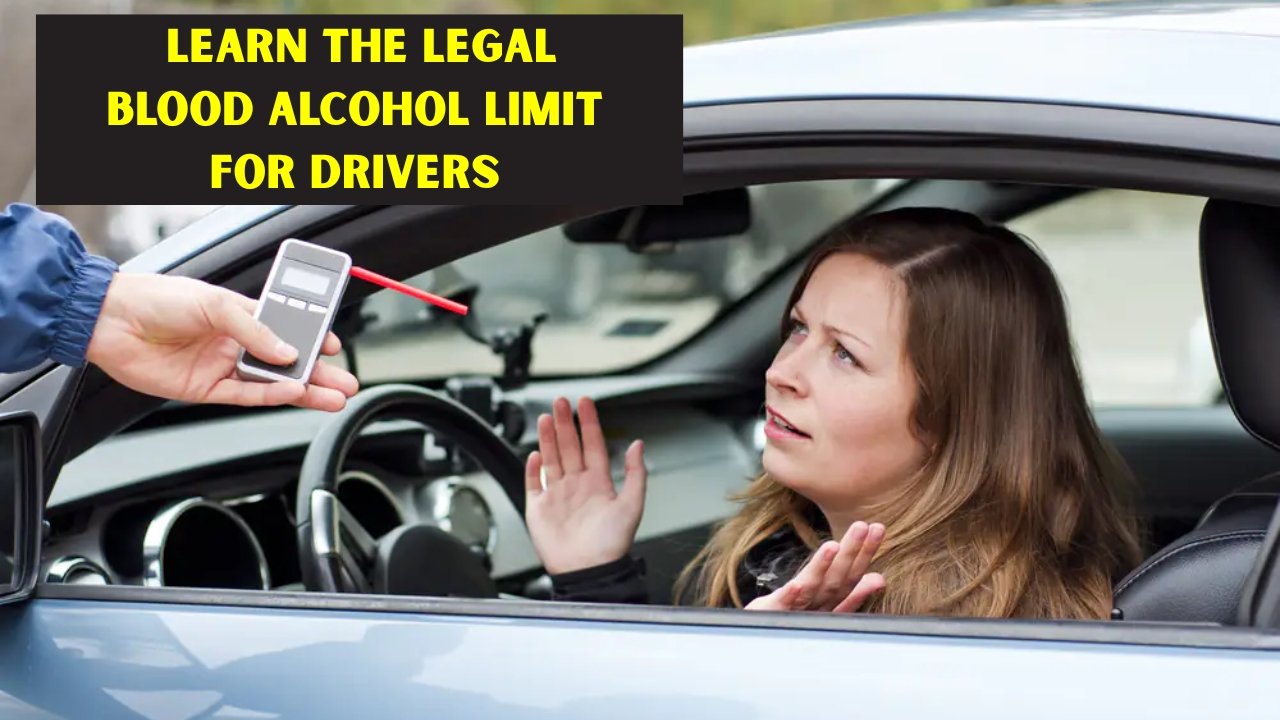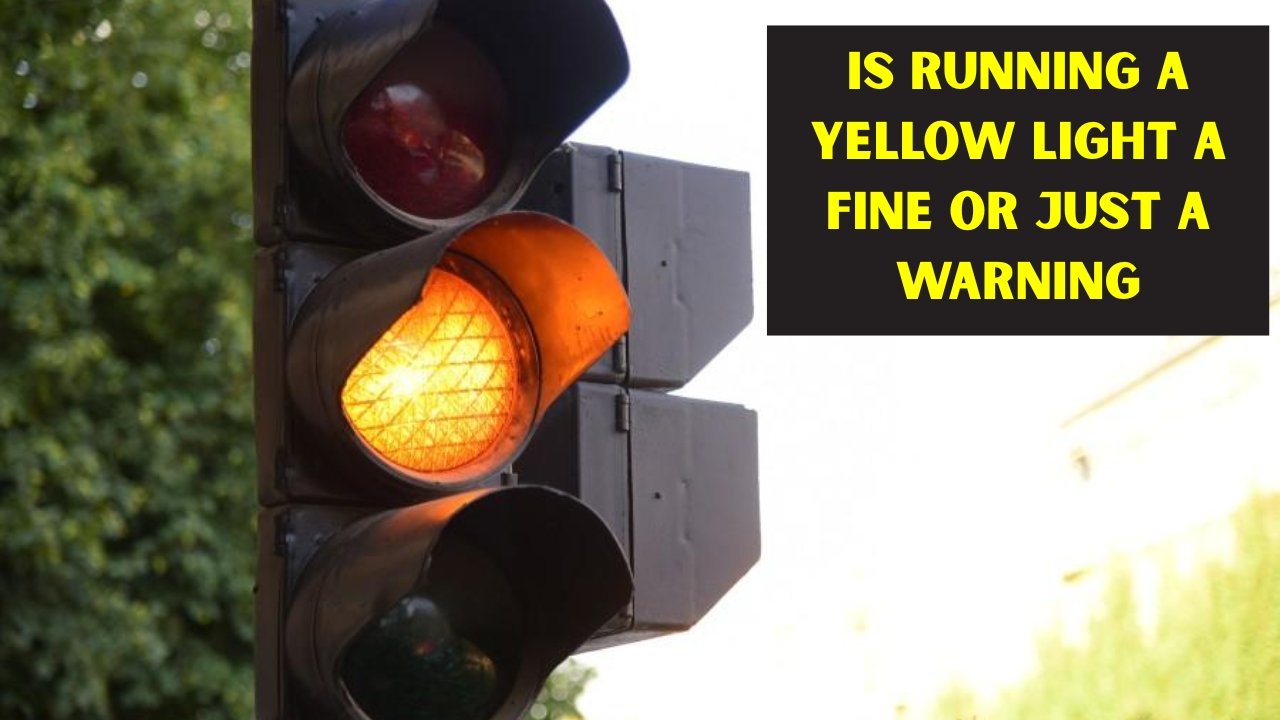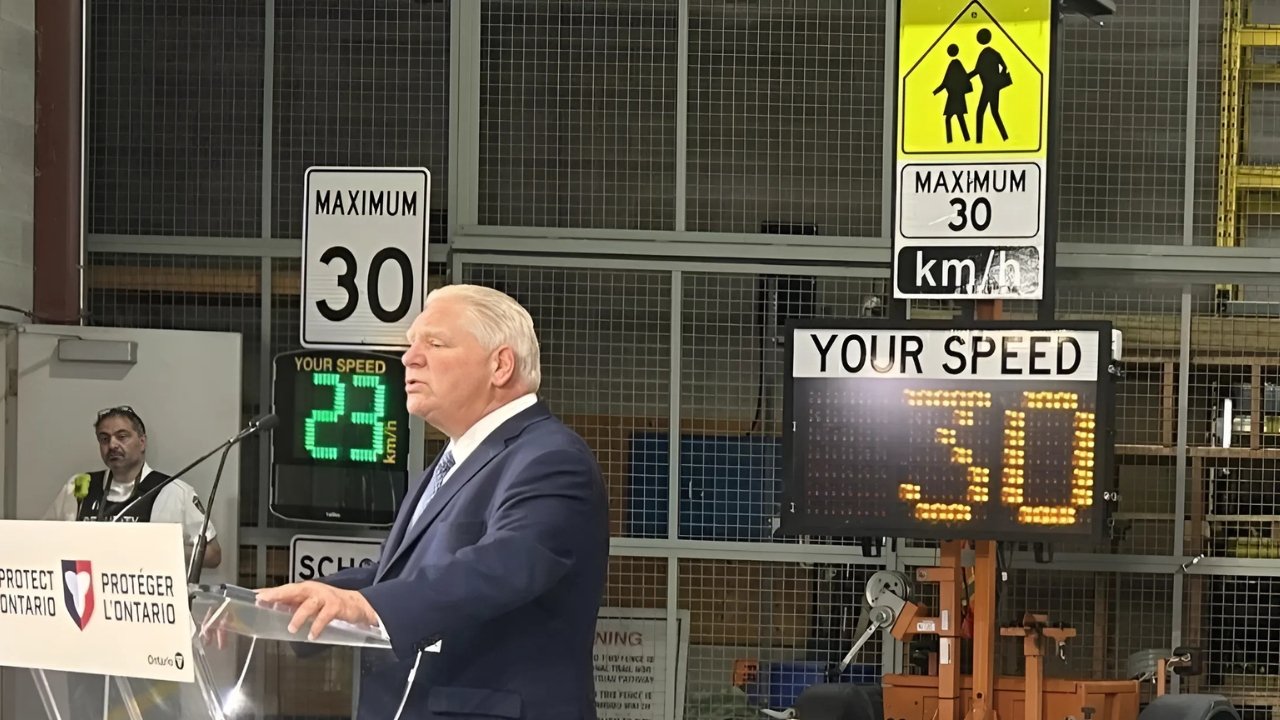Stopping a vehicle in Australia on a pedestrian crossing or a children crossing is illegal and could attract hefty fines and a demerit value that may vary according to the state or territory. This paper discusses legality, implications, and consequences of halting on such crossings and seeks to provide brief, non-legal advice.
Quick Reference Table
| Region | Fine | Demerit Points |
|---|---|---|
| NSW | $283–$362 | 2–3 |
| QLD | $464 | 3 |
| WA | $300 | 3–4 |
| TAS | $146.25–$438.75 | 0–3 |
The process of learning about Crossing Regulations.
The aim of pedestrian and children crossings is to safeguard the most vulnerable road users – particularly minors, such as young children – by ensuring that they are given precedence over the road vehicles, as they cross over. The Australian roads laws do not allow vehicles to pull up at these crossings unless there is a necessity to do so due to safety factors or when traffic authorities command it.
Legal implication in different jurisdictions.
All states in Australia issue certain fines on those drivers who pull over on painted crossings. As an example, in New South Wales, a fine of 283 and two demerit points is the result of stopping on a blocked crossing, and higher in school zones (362 and three demerits). Australia does not tolerate such violations which are punishable by fine of 464 AUD and three demerits in Queensland as part of the wider national pedestrian safety effort.
Penalties in Other Regions
In Western Australia, the penalty in case of not giving way at crossings is 300 fines plus three demerits (which increase to four demerits in case of crossing by children). South Australia, with its distinct Wombat and Koala Crossing, is not exception as the fines and other charges are imposed. In Tasmania, the cost of blocking a crossing is 146.25, but failing to give way is a 438.75 fine and three demerits.
Why These Laws Matter
The justification of such laws is simple: obvious crossings are a life-saving measure. Traffic or foot traffic jams and crossings can cause confusion and accidents, mostly to children, who may be less visible or alert. Road users minimize exposure of pedestrians, cyclists and wheelchair users to risks by ensuring that there are no crossings that obstruct free passage.
Avoiding Common Mistakes
Sometimes congestion, a stalled vehicle or blocked roads can leave drivers accidentally stranded on a crossing. Though such incidences might be inevitable, drivers ought to be cautious and strive to stay out of a crossing until they are sure of clearing the entire road. Mutual understanding and tolerance make shared public spaces secure.
Frequently Asked Questions
1. Am I allowed to pull up on a pedestrian crossing when there is a traffic jam?
No, it is against the law to enter and pull up on a blocked crossing–even when traffic jamming causes a stop.
2. Do the fines increase around schools?
Yes, the number of fines and number of demerit points are usually raised in school zones in order to save children.
3. How do I act when I get stuck by accident on a crossing?
Where feasible, walk down and away off it, as quickly as possible. Spending the night at the same spot may lead to punishment when noticed by the police.
Through the respect and admiration of these laws and the spirit of them; Australians contribute to the provision of safer roads to all, toddlers or seniors, and all the users in between.



